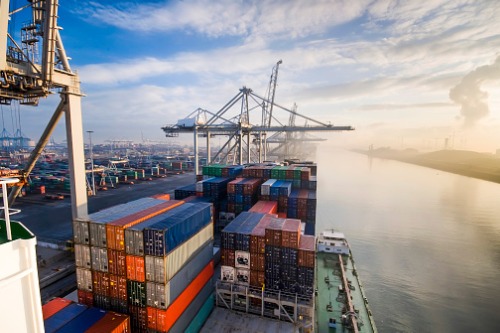

Container volumes have been growing at pace and, in turn, placing a strain on the operational procedures of ships. With increased risk, comes a potential jump in casualties – prompting two insurers to team up to spread an important message.
Thomas Miller mutual companies, freight specialist TT Club and P&I insurer UK P&I Club, teamed up for a recent webinar entitled ‘Container Casualties – the sum of their parts’. The session was chaired by the UK P&I Club’s loss prevention director Stuart Edmonston who noted that while the industry loses roughly only one unit per 160,000 carried, each loss is highly significant.
“While adverse weather and the avoidance of it through to considered design and construction of container ships are clearly vital, the ‘moving parts’ of causation range through all aspects of container operations,” added TT Club risk management director Peregrine Storrs-Fox.
There are many steps that can be taken to mitigate risk – from proper inspection and regular maintenance of deck fittings, through to the use of accurate data to assess parametric rolling and other ship motions.
“In addition to taking into account the bending motions of ships in heavy seas in the design of, particularly, the larger container ships of today, operational prevention of isolated and unnecessarily high stacks coupled with high GMs should be prioritised,” advised Neil Gardiner of casualty investigators, Brookes Bell. “The whipping action that ships often experience can have a significant effect on high and isolated container stacks that may have been left between interim discharge/load ports to avoid restowing.”
Meanwhile, Tom Starr, senior claims director at UK P&I Club, noted that the nature of modern containers creates huge challenges.
“Add to this the variable investigation standards of flag states in conducting official investigations; it may be unsurprising that lessons learnt for the future can be speculative,” he said.
So, what is the most pressing improvement to drive this issue?
Gardiner suggested more accurate data on the physical forces at play on containers stacks should be used in calculations at the ship’s design.
“When these casualties occur and are under investigation, it is only through more transparency about the actions of the moving parts that future incidents can be minimised,” he concluded.
